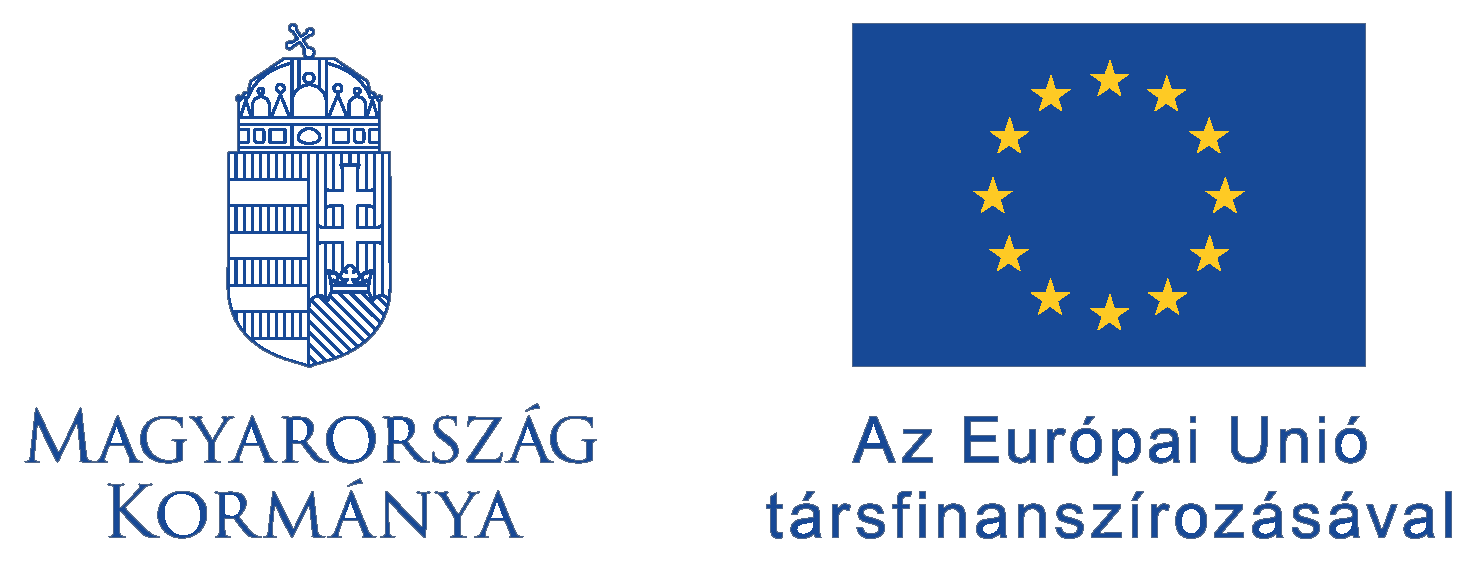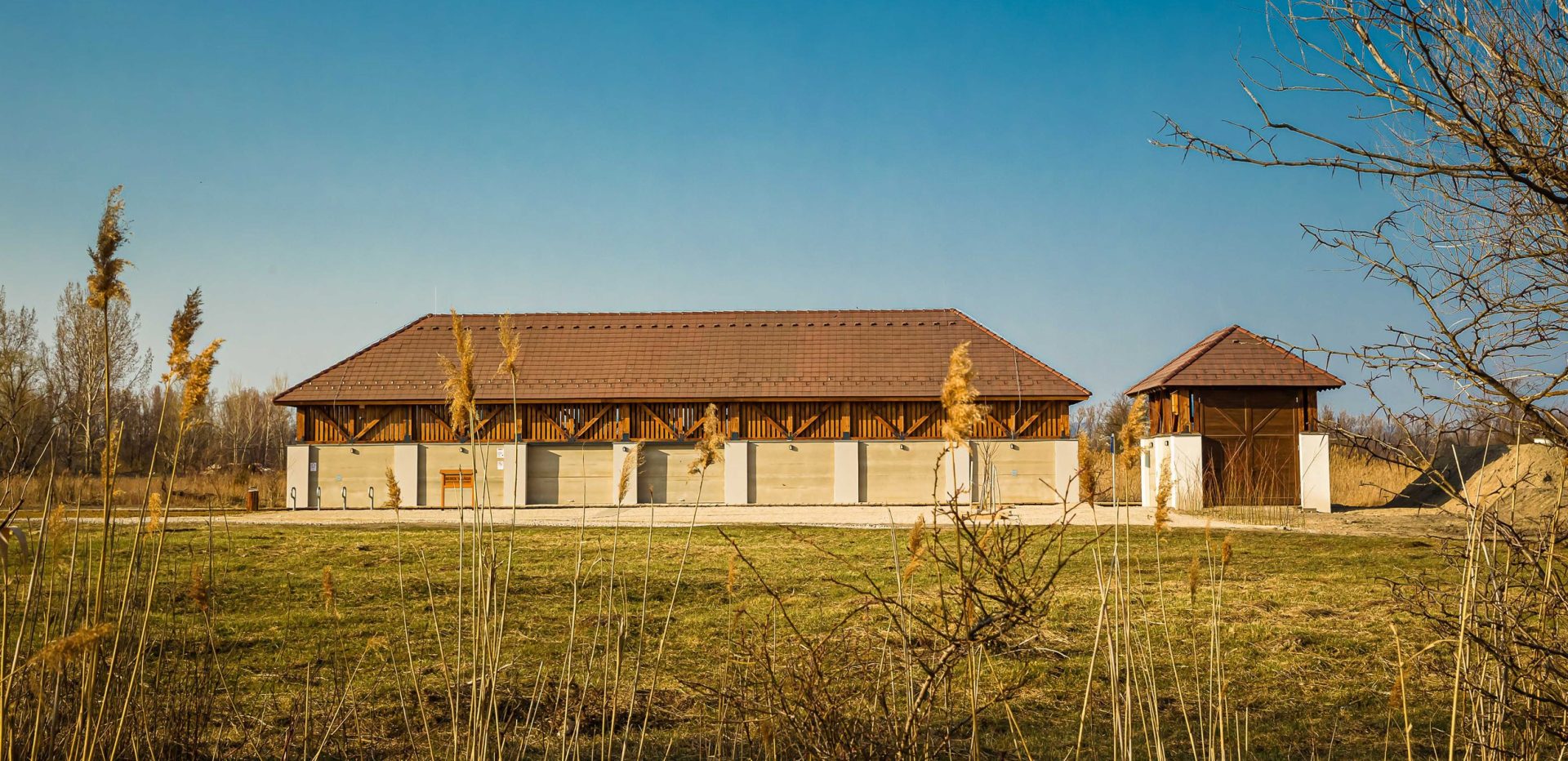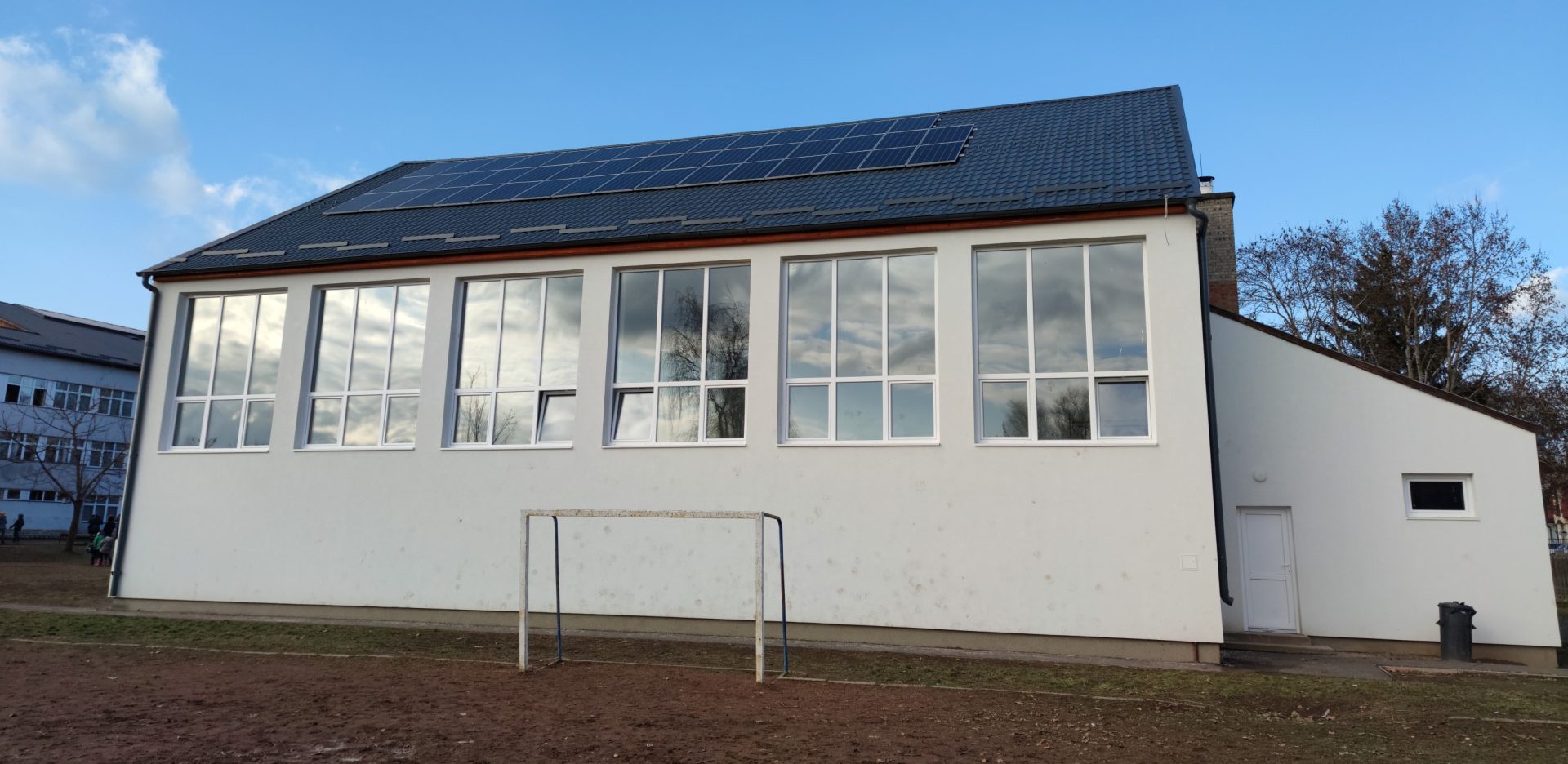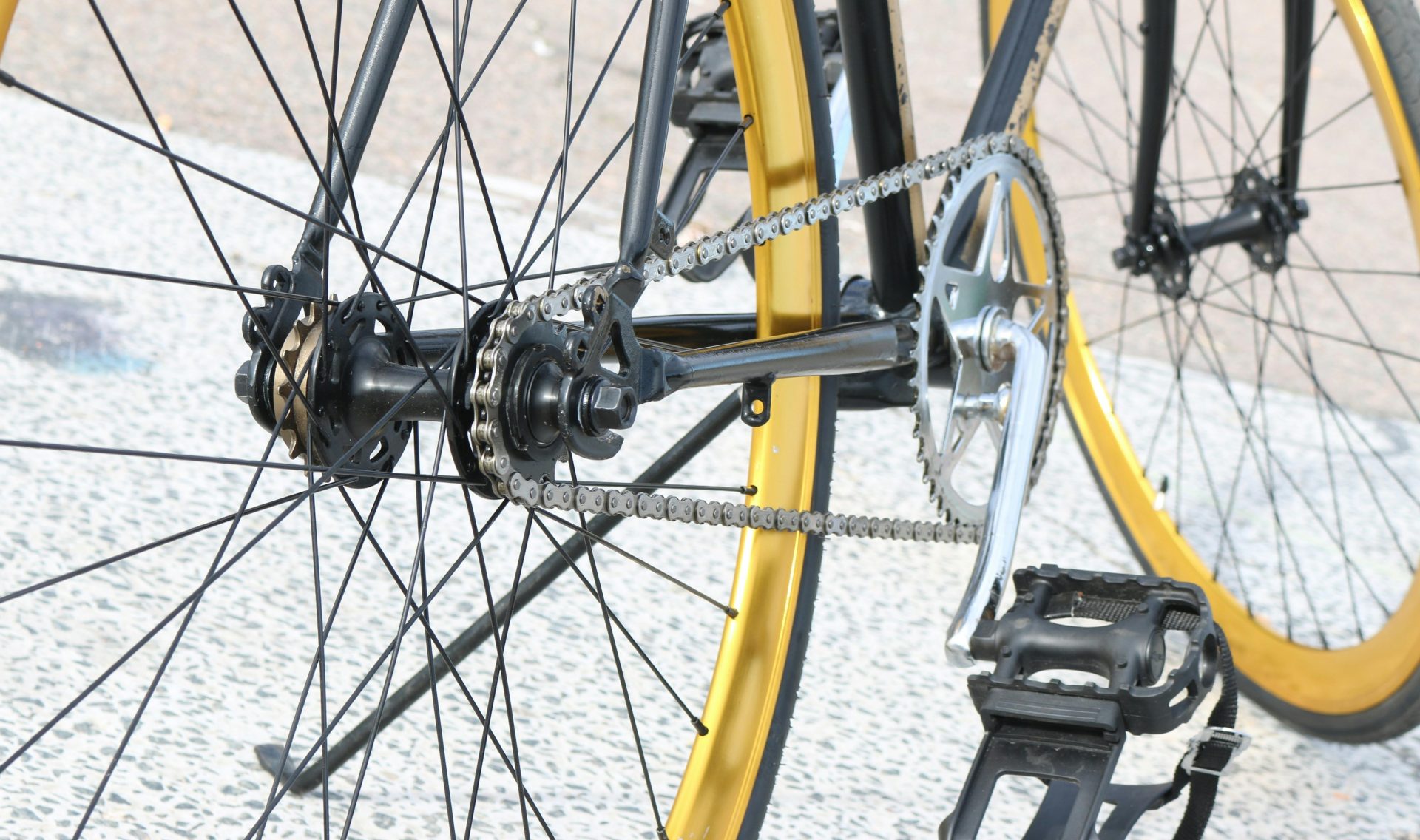In Budapest, after five and a half years of hardships, from May 2023 passengers can finally use the M3 metro, one of the country’s busiest, on a full line again.
The renovation of the metro was timely for both safety and aesthetic reasons. Groundwater infiltration in the tunnels caused track defects, which also caused the metro trains to deteriorate severely. Maintenance of the technical infrastructure became increasingly difficult as equipment became obsolete. In addition to aesthetic problems, in the spaces used by passengers, the ageing technical background also caused problems. There was no question that the M3 metro line needed a major reconstruction.
This necessary renovation was made possible by a project jointly funded by the European Union, the Hungarian Government and the Municipality of Budapest under the Integrated Transport Operational Programme (ITOP). The complete reconstruction of the M3 metro line in Budapest was one of the largest investments in the 2014-2020 period in the European Union as a whole.
During the reconstruction of the metro line, a modern track structure was built, the electrical infrastructure was upgraded, stations and passenger areas were renovated and thanks to the newly built glass-walled lifts and elevators all stations became accessible.
With the reconstruction, the renovated stops have been made accessible so that all passengers can easily access public transport. Around 500,000 people use the M3 metro line every day, and thanks to the reconstruction, even more people now have access to this convenient and efficient transport option.
The renovation has also brought a new aesthetic level to Budapest’s metro stations. Each station has been given a unique look, with a number of new stations decorated with complementary elements reflecting local characteristics, so it’s worth taking a look at the new metro stations with their unique design elements on your travels around Budapest.
When it comes to the metro stations, it’s worth taking a look at some interesting facts. The metro line has been in operation since 1976, reaching its full length in 1990 with the opening of the Árpád Bridge (now Göncz Árpád city centre) – Újpest-Központ section. Metro trains cover the almost 17.5 kilometres between the two terminals in 32 minutes. Of the 37 trains available, 29 are running at peak times, with a maximum speed of 80 km/h. The deepest station on the metro line is the Kálvin tér station, built 28.24 metres below the surface (the deepest station on the M2 line in Budapest is the Széll Kálmán tér station, 38.4 metres below the surface)
The project, which was completed in May 2023, provides a more sophisticated environment, safer conditions and a modern standard of transport in Budapest.
The program was implemented with European Union funding under the IKOP-3.1.0-15-2015-00001 project.
Find out more about the project in the Project Finder:Details









